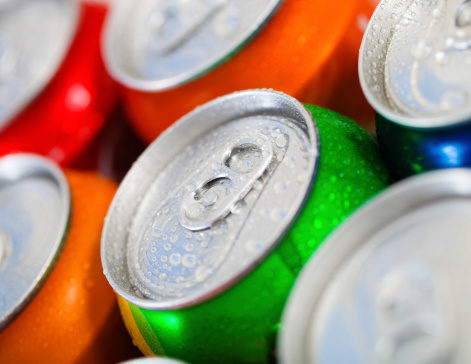Bethesda, MD—In late March, the Federation of American Societies for Experimental Biology (FASEB) published a nationwide analysis that looked at the amount of processed foods comprising U.S. grocery purchases from 2000 to 2012.
Using a UPC barcode scanner, researchers asked 157,142 households to record all their grocery purchases of foods and beverages for at least a year, with many averaging four years of participation. Even items without barcodes such as pints of berries and bagged lettuce were recorded as part of the study as well. Once the data were collected, researchers linked each item with its respective nutrition information, such as ingredient list and product description, and ranked each product depending on its level of food processing. To be considered a highly processed food, the product had to contain multi-ingredients in an “industrially formulated mixture”; examples included cookies, soda, white bread, candy, chips and prepared meals. Unprocessed or minimally processed foods included eggs, dried beans, fresh meat and frozen or fresh fruits and vegetables. Moreover, researchers also looked at the convenience of foods such as whether they were ready to heat, ready to eat or if they required preparation or cooking.
A total of about 1.2 million items were purchased by all households. Overall, highly processed foods dominated grocery purchases and represented over 60% of the households’ calories. More than 80% of calories were purchased as ready-to-eat or ready-to-heat foods in 2012, and often are higher in fat, sugar and salt than foods that need preparation. “The unshifting dominance of ultra-processed and ready-to-eat foods as major calorie contributors to U.S. diet and their poor nutrient profile support the need to incentivize food manufacturers to improve the nutritional quality of their products,” said Poti.
Researchers want to take this study to next level by continuing to track purchases as well as analyze the data to find out whether the habit of purchasing highly processed food could be based on race or socio-economic status.
Posted on 4/24/15










